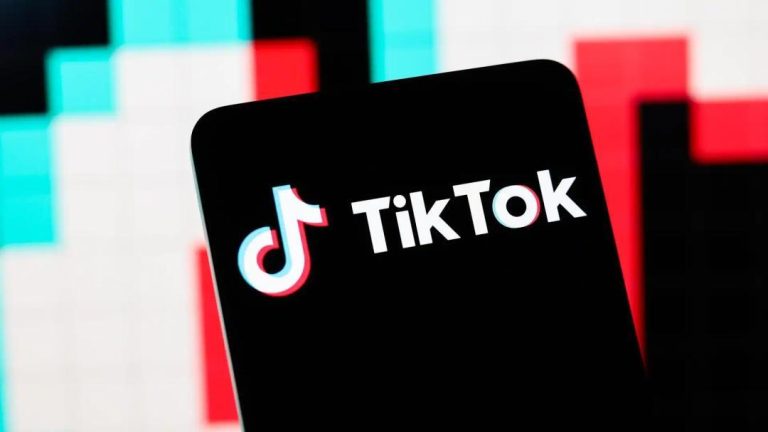
Is Your Campaign Data Working Against You?
In today’s fast-paced digital landscape, marketers are constantly grappling with the challenge of making data-driven decisions. With the abundance of data pouring in from various sources, it’s easy to get overwhelmed and lost in the sea of numbers. Traditional campaigns often struggle with scattered data and delayed insights, which can lead to costly mistakes and missed opportunities. However, the advent of Artificial Intelligence (AI) has revolutionized the way marketers approach campaign efficiency, enabling them to unify data from ads, web, and email, and identify patterns and anomalies in real-time.
In this blog post, we’ll delve into the common pitfalls of traditional campaign data and explore how AI can help marketers make data-driven decisions, leading to faster performance improvements and better ROI.
The Challenges of Traditional Campaign Data
Traditional campaign data is often scattered, fragmented, and delayed, making it difficult to gain meaningful insights. Here are some common challenges marketers face:
- Data Silos: Different departments and teams often work with separate data sets, making it challenging to integrate and analyze data across channels.
- Lack of Standardization: Diverse data formats, definitions, and measurements can lead to inconsistencies and inaccuracies.
- Delayed Insights: Marketers often rely on manual data analysis, which can take days or even weeks to produce insights, leading to delayed decision-making.
- Noise and Anomalies: With large amounts of data, it’s easy to get bogged down in noise and anomalies, making it difficult to identify meaningful trends and patterns.
The Power of AI in Campaign Efficiency
AI has the potential to revolutionize the way marketers approach campaign efficiency by unifying data from ads, web, and email, and instantly identifying patterns and anomalies. Here are some ways AI can benefit marketers:
- Unified Data: AI can integrate data from various sources, providing a single, unified view of campaign performance.
- Real-Time Insights: AI-powered analytics can analyze data in real-time, enabling marketers to make data-driven decisions quickly.
- Pattern Identification: AI can identify patterns and anomalies in data, helping marketers to spot emerging trends and opportunities.
- Predictive Modeling: AI can use historical data to predict future performance, allowing marketers to optimize campaigns proactively.
Real-World Examples of AI in Campaign Efficiency
Several companies have already harnessed the power of AI to improve campaign efficiency and drive better results. Here are a few examples:
- Email Campaign Optimization: A leading e-commerce company used AI to optimize its email campaigns, resulting in a 25% increase in conversion rates.
- Ad Targeting: A well-known travel brand used AI to optimize its ad targeting, leading to a 30% increase in bookings.
- Web Analytics: A leading financial services company used AI to analyze its website data, identifying areas for improvement and resulting in a 20% increase in website conversions.
Best Practices for Implementing AI in Campaign Efficiency
While AI has the potential to revolutionize campaign efficiency, it’s essential to implement it correctly to achieve the desired results. Here are some best practices to keep in mind:
- Start Small: Begin with a specific campaign or channel and gradually scale up to more complex use cases.
- Integrate with Existing Tools: Ensure that AI-powered analytics integrate seamlessly with existing tools and systems.
- Monitor and Refine: Continuously monitor AI-powered analytics and refine models to ensure accuracy and relevance.
- Collaborate with Data Scientists: Work closely with data scientists to develop and refine AI-powered analytics.
Conclusion
Traditional campaigns often struggle with scattered data and delayed insights, which can lead to costly mistakes and missed opportunities. However, the advent of AI has revolutionized the way marketers approach campaign efficiency, enabling them to unify data from ads, web, and email, and identify patterns and anomalies in real-time. By implementing AI-powered analytics and following best practices, marketers can make data-driven decisions, optimize campaigns, and drive better ROI.






